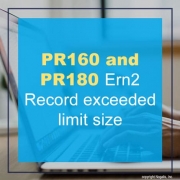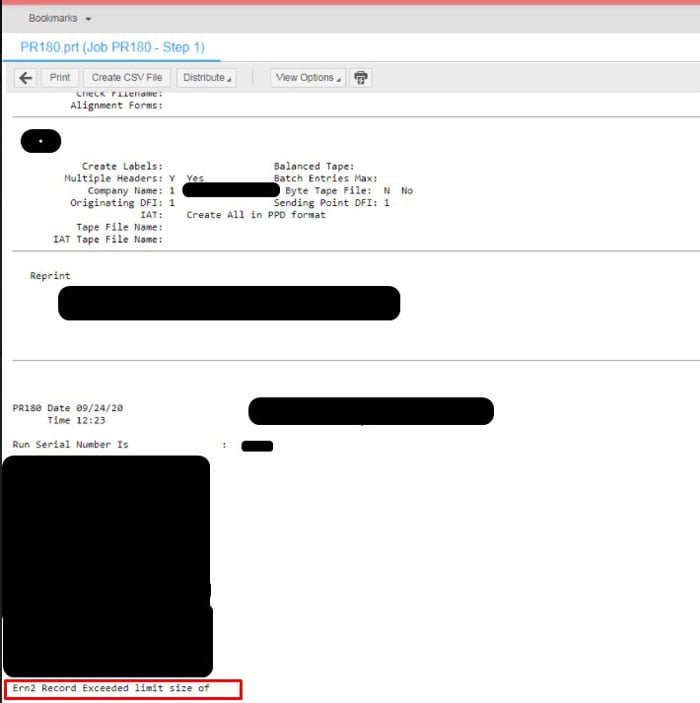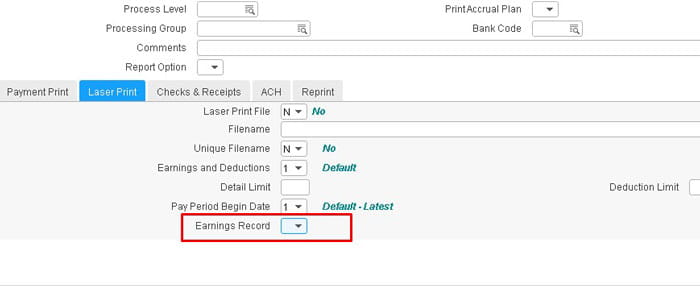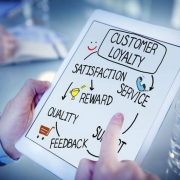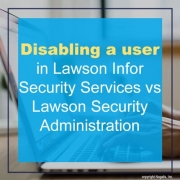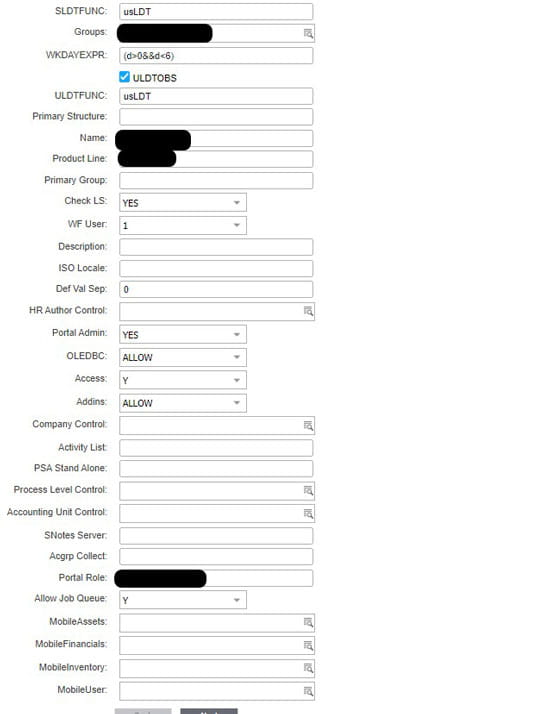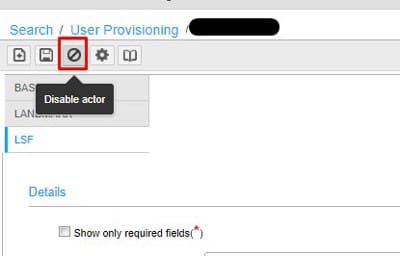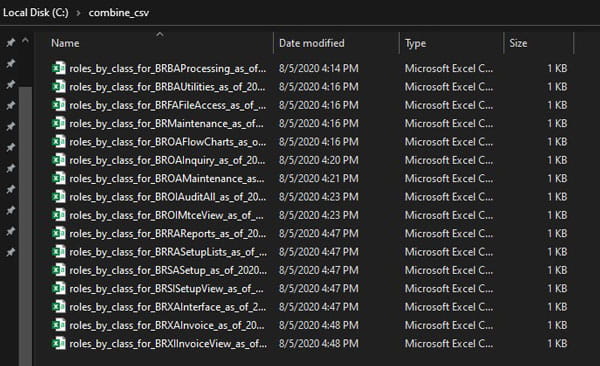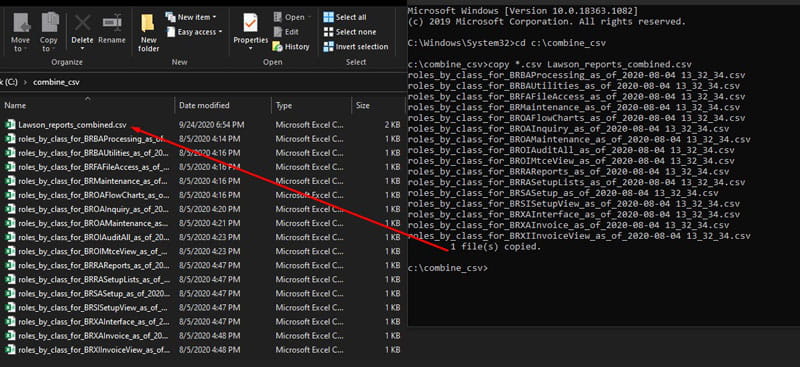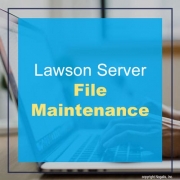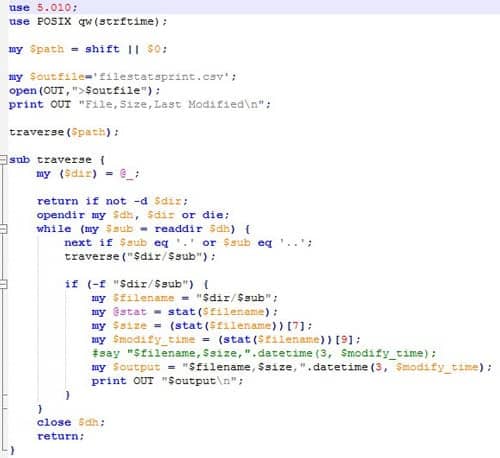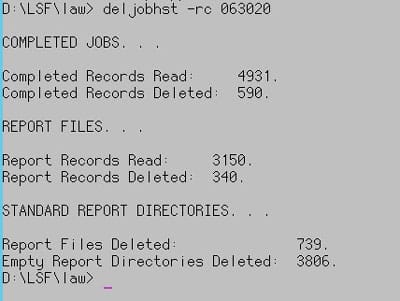Dale Murray, CEO of SalesAgility, shares an article on CustomerThink four ways a customer relationship management (CRM) system can improve and make your marketing campaign a success. Content generated by marketing teams often produce the most impressions for a business. Social media posts, email marketing and daily interaction with customers/audiences drives traffic and interest to your firm, all while building relationships along the way. Murray shares how CRM software can greatly improve your changes for marketing campaign success.
Know what makes your audience ‘tick’ – “It is essential for your marketing team to know their audience in order to create content that they will engage with. With a CRM system in place, customer data is collected and presented from a companywide view including omnichannel touchpoints.”
Send the right message at the right time – “Segmented audiences now held within your CRM system, can be leveraged by your teams to deliver personalized and targeted marketing messages. Sending the right message to the right customer at the right time will reinforce a strong message of understanding and Marketing campaign engagement rates will increase.”
Manage marketing preferences – “Key system automations and workflows will clean your data sets for you, reducing the probability of human error. Should a customer opt-out of marketing communication, the system will deal with this accordingly. Invalid email addresses are removed automatically from data segments using CRM. Further ensuring that the data your team is working from, is as clean and reliable as it possibly can be.”
Knowing what works – “Marketing campaigns and their associated success will feed your company’s CRM system with valuable insights. Marketing messaging sent to customers will be tracked and analyzed to determine future segmentation. The system is constantly collecting data, using it to make informed data-driven decisions.”
For Full Article, Click Here

